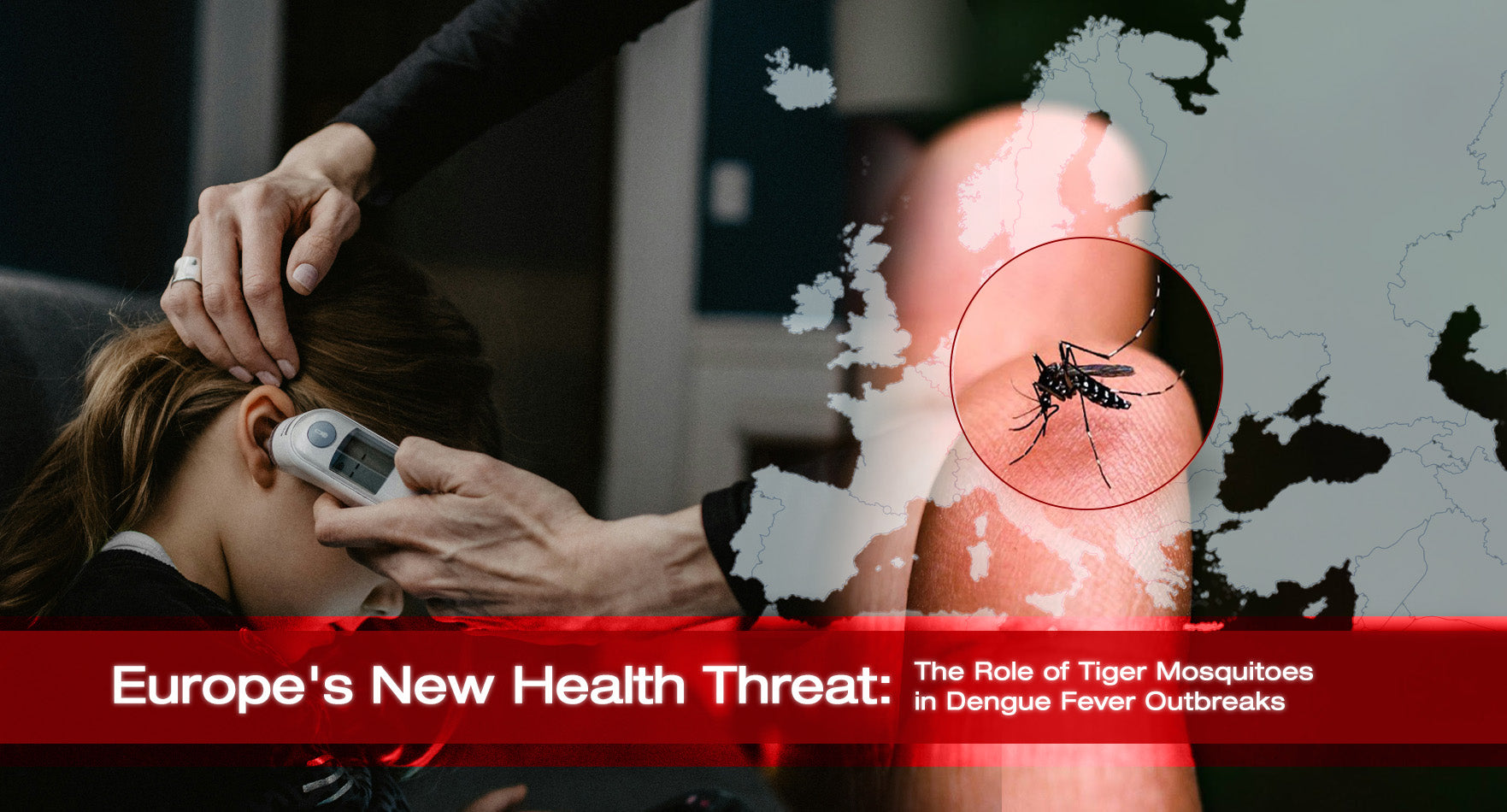Dengue fever, traditionally associated with tropical and subtropical regions, is increasingly becoming a concern for Europe. The culprit behind this alarming rise is the invasive tiger mosquito (Aedes albopictus). As climate change, globalization, and urbanization reshape the landscape, understanding and addressing the spread of tiger mosquitoes and dengue fever in Europe is crucial.
What are Tiger Mosquitoes?
Tiger mosquitoes, or Aedes albopictus, are easily recognizable by their distinctive black and white striped pattern on their legs and body. Originally native to Southeast Asia, these resilient insects have expanded their range across the globe, including Europe. Unlike many other mosquitoes, tiger mosquitoes are active during the day, particularly in the early morning and late afternoon, making them a persistent nuisance and a potent vector for diseases.
The Spread of Tiger Mosquitoes in Europe
Several factors contribute to the spread of tiger mosquitoes in Europe:
-
Climate Change: Warmer temperatures and milder winters create favorable conditions for mosquito breeding and survival, allowing them to thrive in regions previously too cold for their habitation.
-
Globalization: Increased international travel and trade facilitate the unintentional transport of mosquito eggs and larvae across borders, aiding their spread.
-
Urbanization: Urban areas provide ideal breeding grounds with numerous small, stagnant water sources such as flower pots, drains, and discarded containers.
Dengue Fever: A Growing Concern
Dengue fever, a viral infection transmitted by the bite of an infected mosquito, primarily the Aedes aegypti and Aedes albopictus species, poses a significant health threat. Symptoms of dengue fever include high fever, severe headache, pain behind the eyes, joint and muscle pain, rash, and mild bleeding. In severe cases, it can lead to dengue hemorrhagic fever or dengue shock syndrome, which can be fatal.
Why Europe is at Risk
Europe's increasing vulnerability to dengue fever is a multifaceted issue:
-
Presence of Tiger Mosquitoes: The spread of Aedes albopictus in Europe has established a bridge for the dengue virus, which was previously limited by the absence of suitable mosquito vectors.
-
Climate Suitability: As Europe's climate becomes more suitable for tiger mosquitoes, the potential for dengue outbreaks rises, especially during warmer months.
-
Travel and Trade: The influx of travelers and goods from dengue-endemic regions increases the likelihood of introducing the virus into mosquito populations.
Case Studies: Dengue Outbreaks in Europe
Recent years have seen several dengue outbreaks in Europe, highlighting the urgency of the situation:
-
France: Southern France has reported multiple locally transmitted cases of dengue fever, attributed to the presence of tiger mosquitoes.
-
Italy: Northern Italy has also experienced outbreaks, with tiger mosquitoes acting as vectors for the virus.
Preventive Measures and Public Health Strategies
Addressing the rise of dengue fever in Europe requires a comprehensive approach:
-
Mosquito Control: Efforts to control mosquito populations through insecticide spraying, elimination of breeding sites, and introduction of natural predators.
-
Public Awareness: Educating the public about the risks of dengue fever and how to prevent mosquito bites is crucial. Simple measures such as using mosquito repellents, wearing long sleeves and pants, and ensuring windows and doors are screened can make a significant difference.
-
Surveillance and Monitoring: Implementing robust surveillance systems to monitor mosquito populations and track dengue cases helps in early detection and timely response to outbreaks.
-
International Collaboration: Cooperation between countries in sharing information, resources, and best practices to combat the spread of tiger mosquitoes and dengue fever.
The rise of tiger mosquitoes and dengue fever in Europe is a stark reminder of the interconnectedness of global health challenges. As Europe faces this emerging threat, proactive measures and international collaboration are essential to safeguard public health. By understanding the factors driving the spread of tiger mosquitoes and implementing effective prevention strategies, Europe can mitigate the impact of dengue fever and protect its population from this growing menace.










